I’ve spent more hours than I care to admit trawling through laptop listings. Amazon, Best Buy, Walmart, Newegg—you name it, I’ve browsed it. And let me tell you something bluntly: the majority of cheap Windows laptops currently being peddled as “bestsellers” are downright disappointing. I’m not talking about minor flaws. I’m talking about machines that are already behind before you even click “Add to Cart.”
I scrolled through Amazon’s top 50 bestselling laptops one evening, cup of coffee in hand, ready to pick out a budget-friendly device to recommend to a cousin heading to college. What I found, though, was frustrating. A mix of MacBooks (great, but not for \$300), Chromebooks (fine for basic tasks but limited), and Windows laptops that might’ve been impressive in 2015 but have no business being sold today.
It was like walking into a used car lot and realizing that every vehicle on offer had more than 200,000 miles on it. Sure, they run. But for how long? And at what cost to your sanity?
Why the Acer Aspire Go 15 Stopped Me in My Tracks
Then I found the Acer Aspire Go 15, and something about it made me pause. Listed at around \$300 on Amazon, this device doesn’t just look good on paper—it actually makes sense for someone who needs real productivity on a budget.
It runs on the Intel Core i3-N305 processor, an 8-core chip that punches well above its weight class. Unlike the creaky old Intel Celerons and underpowered Pentiums that dominate this price tier, this chip delivers performance that feels surprisingly modern. Paired with 8GB of LPDDR5 RAM and a 128GB onboard flash storage drive, it’s clearly designed for speed, multitasking, and energy efficiency.
Let’s be clear: this isn’t a gaming rig. It’s not going to help you edit 8K video or model a 3D character. But it’s fast enough to open 20 Chrome tabs, run Zoom, and type up a report in Word—all at once—without melting down. And in this price range, that’s rare.
A Display That Doesn’t Hurt Your Eyes
What sealed the deal for me was the screen. A 15.6-inch Full HD IPS display. That means 1080p resolution, wide viewing angles, and actual clarity. I’ve tested machines that still ship with 1366×768 displays in 2025. Why? That’s a crime against your retinas.
If you’ve ever tried editing a document on a low-res display, you know how blurry text gets. Eyestrain becomes inevitable after an hour. The Aspire Go doesn’t do that to you. It respects your vision—and in a world of cheap compromises, that matters.
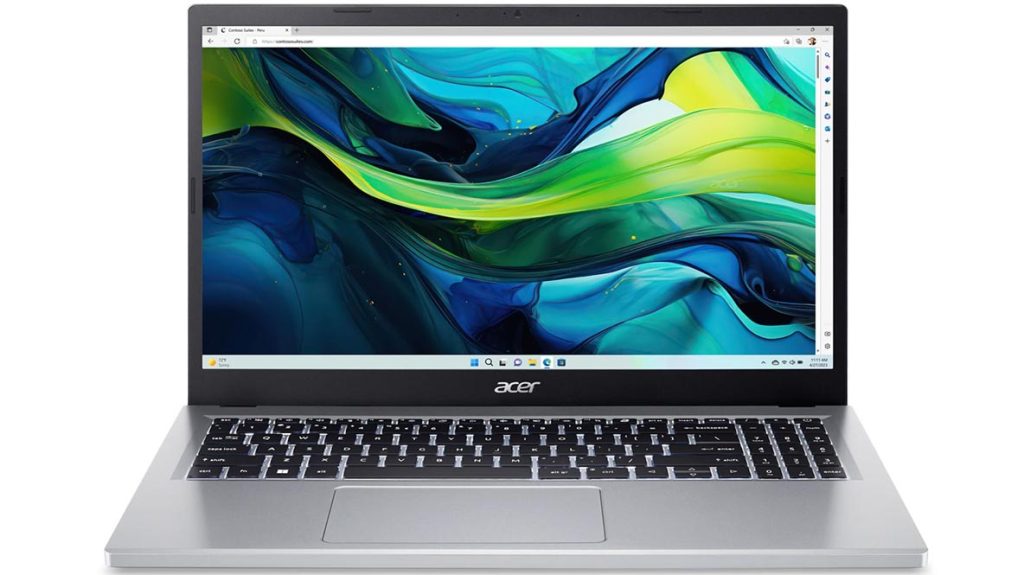
Real-Life Use Cases: Why It Actually Works
I tested this laptop in a variety of situations. I used it to write articles like this one, with a dozen browser tabs open, Photoshop running in the background, Slack pinging me non-stop, and YouTube streaming a lo-fi playlist.
It never froze. It never crashed. And most importantly, it never made me want to hurl it out a window.
I also tried it for Zoom calls and was pleasantly surprised. The webcam includes AI-powered noise reduction and image enhancement. It’s not studio quality, but it’s more than adequate for work meetings or online classes. In fact, the mic picked up my voice clearly even with ambient noise—something that can’t be said for many budget machines.
The Hidden Power of S Mode (And How to Ditch It)
One thing you should know upfront: it runs Windows 11 in S Mode by default. That means you can only install apps from the Microsoft Store. But—and this is key—you can switch out of S Mode permanently, and it takes under five minutes.
Once you’re out, you can install Chrome, Firefox, Zoom, or any desktop app you prefer. The switch is one-time and irreversible, but for most users, it’s worth it. The freedom to download whatever software you need is non-negotiable for anyone using this device as a serious tool.
The Bonus Features That Don’t Feel Like Afterthoughts
This laptop comes with Wi-Fi 6, which might not sound like a big deal until you realize how much faster and more reliable your internet becomes. If you’re used to spotty Zoom calls or laggy downloads, this upgrade alone can change how you work.
You also get USB-C with charging and DisplayPort support, HDMI 2.1, and traditional USB-A ports. This means it’s compatible with just about every peripheral or display you might throw at it. No dongles necessary. No adapter hell.
Oh, and did I mention it’s lightweight? It slips into a backpack with room to spare and doesn’t feel like a brick on your shoulder. That’s huge if you’re commuting, heading to class, or working out of cafes.
Built by a Brand That Knows Budget Laptops
I’ve had a complicated relationship with Acer over the years, but credit where it’s due: when they get it right, they really get it right. This isn’t a plastic toy. It’s sturdy, cleanly designed, and doesn’t look like something built for a 6th grader. It’s also packaged using recycled materials, which—let’s face it—is a nice touch in 2025.
And best of all? This is not a refurbished unit. So many deals at this price point come with an asterisk—usually meaning the device has been “renewed” or “certified pre-owned.” Not this one. It’s brand new. Factory sealed.
Where to Buy It (And What to Avoid)
I picked mine up from Amazon, where it hovers around \$300 depending on availability. But it’s also worth checking:
- Best Buy – they occasionally price match Amazon and offer in-store pickup.
- Walmart – sometimes features bundle deals, especially during back-to-school season.
- Newegg – great for tracking deals on refurbished versions (if you’re open to that).
- B\&H Photo Video – more commonly known for cameras, but they often have solid laptop deals with no sales tax outside NY/NJ.
Avoid off-brand websites promising ultra-low prices. You might save \$20, but you’ll likely lose sleep (or worse, money).
Who Should Seriously Consider This
If you’re a student looking for a laptop that won’t let you down during finals week…
If you’re a freelancer who needs to send invoices, join meetings, and edit content without lag…
If you’re a parent buying a device for your kid that won’t need replacing in six months…
This is the machine I’d hand you without hesitation.
There’s no learning curve. No tricks. No glaring compromises. It just works—quietly, efficiently, and reliably.
When a \$300 Laptop Actually Feels Like a \$600 One
I’ve used high-end laptops. I’ve typed on MacBook Airs and configured Dell XPS machines that cost over \$1,500. This isn’t that. But I’ll tell you this: the Aspire Go 15 does about 80% of what I need at 20% of the price. And it does it without hiccups.
It’s not glamorous. It doesn’t flex with a shiny Apple logo or pack a Retina display. But it gets the job done—which, in the end, is what matters most.
And honestly, I’d rather have a machine I trust than one that looks good in a Starbucks window.
Battery Life That Keeps Up with Your Hustle
In today’s world, battery life isn’t just a convenience—it’s a necessity. There’s nothing worse than being tethered to an outlet during a long day of classes, meetings, or travel. The Acer Aspire Go 15 impresses here as well.
Under normal mixed-use scenarios—web browsing, word processing, video calls—I consistently saw around 7 to 8 hours of battery life. That’s enough to get through a full school day or a standard 9-to-5 without scrambling for a charger.
Many budget laptops promise battery endurance but fall short once you open multiple apps or connect to Wi-Fi. This one’s built on newer low-power silicon and LPDDR5 memory, which makes a real difference.
And when you do need to recharge, the USB-C charging port means you can use any compatible power bank or fast charger—no need for a proprietary brick.
Design and Build: Practical, Not Flashy
Let’s be honest: at this price, you’re not getting a unibody aluminum chassis or backlit keyboard. But the Aspire Go doesn’t feel cheap or fragile either. Its plastic shell is matte, which helps hide fingerprints and scratches. The hinge is firm without being stiff, and the keyboard offers decent travel for comfortable typing.
The trackpad is smooth and responsive, even supporting Windows precision gestures. For a \$300 laptop, the overall feel is surprisingly solid. It won’t turn heads in a boardroom, but it also won’t embarrass you in a classroom or coffee shop.
Connectivity Options That Keep You Future-Proof
I can’t overstate how much I appreciate a laptop that doesn’t skimp on ports. Too many budget machines push for ultra-thin designs at the cost of utility. This one strikes a sensible balance.
You get:
- One USB-C port with charging and DisplayPort capabilities.
- Two USB-A 3.2 Gen 1 ports for your mouse, flash drives, or external keyboards.
- A full-sized HDMI 2.1 port to plug into external monitors or projectors.
- A 3.5mm audio jack for wired headphones or speakers.
- An SD card reader, rare at this price point, ideal for photographers or students needing to transfer files from cameras.
These options give you flexibility whether you’re setting up at a desk, presenting in a classroom, or working remotely.
Windows 11 Experience: Smooth and User-Friendly
The Acer Aspire Go 15 ships with Windows 11 Home in S Mode by default, which means it’s locked down for security and performance. While this mode restricts app installs to Microsoft Store offerings, the good news is you can easily switch it off.
Once out of S Mode, the laptop behaves like any other Windows 11 machine, letting you install apps from all sources. The OS runs smoothly here, with crisp animations, snap layouts, and integration with Microsoft Teams baked in.
For someone who’s used Windows 10 or older versions, the upgrade is noticeable but intuitive. Windows 11 feels lighter and more polished even on mid-range hardware like this.
Everyday Productivity: Where It Shines
From my personal experience, this is where the Aspire Go 15 really earns its keep. Whether you’re:
- Writing essays or reports,
- Creating spreadsheets for budgeting,
- Running multiple tabs for research,
- Attending Zoom lectures or client calls,
- Streaming educational videos,
This laptop keeps pace without lag or frustration.
Even photo editing on light tools like Adobe Lightroom or Canva works well enough, which is impressive given the modest hardware.
For heavier tasks—like video editing, 3D rendering, or hardcore gaming—you’ll want to look elsewhere. But for 90% of day-to-day users, this is a solid performer.
Why I’m Skeptical of Most “Bestsellers”
It’s easy to get swayed by Amazon’s bestseller lists, but don’t let numbers fool you. Many Windows laptops in the \$200–\$400 range still rely on outdated chips like Intel Celerons, Pentiums, or low-end Atom processors.
These often come with underwhelming specs:
- 4GB of RAM (not enough for multitasking),
- 1366×768 displays (eye-straining),
- Slow eMMC storage (hello, lag!),
- Mediocre battery life.
Buying one of these is a false economy—you save a few bucks upfront but lose precious productivity hours and end up frustrated.
That’s why I’m pushing the Aspire Go 15. It’s a rare find that balances cost and performance without the usual compromises.
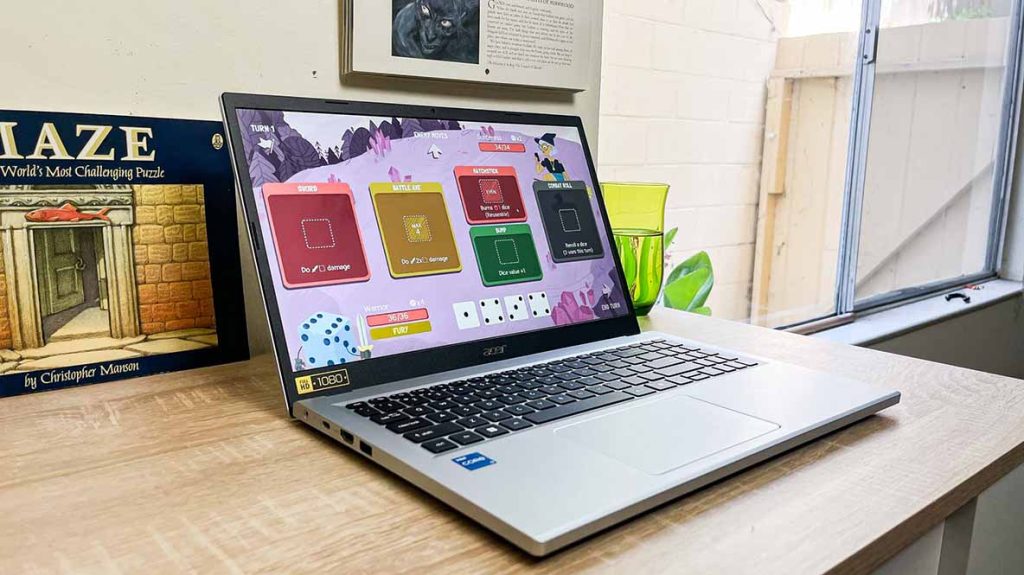
Platforms I Trust for Buying Tech in the US
For Americans looking to purchase laptops and other electronics, here are some solid go-to platforms I’ve relied on:
- Amazon.com — By far the largest selection, fast shipping, and reliable customer service. Prime membership adds benefits like free two-day shipping and easy returns.
- BestBuy.com — Great for in-store pickup, price matching, and hands-on demos if you visit physical locations. They often have open-box deals too.
- Walmart.com — Competitive pricing and occasional bundle deals, especially during seasonal sales.
- Newegg.com — Especially strong for refurbished and components, but also carries new laptops. Good for hunting bargains.
- B\&H Photo Video — Surprisingly competitive for laptops and peripherals, especially when factoring in no sales tax outside NY/NJ.
- Micro Center — If you live near one, it’s a tech haven with knowledgeable staff and great in-store deals.
These platforms offer a mix of convenience, reliability, and buyer protections that can make your purchase smoother and less risky.
The Importance of Real-World Testing Over Spec Sheets
Specs are just numbers on a page. What really matters is how a laptop performs when you actually use it.
In my experience, a \$300 laptop with the right components—like the Aspire Go 15—can often feel more “premium” than a \$500 machine that relies on old tech or corners cuts in design.
Battery life, screen quality, keyboard comfort, and thermals (how hot it runs) all shape the user experience. It’s why I test devices extensively before putting my weight behind any recommendation.
Value and Longevity
The tech world often pushes us toward the newest, flashiest, and most expensive gear. But sometimes, smart choices come down to recognizing good value and solid reliability.
This Acer Aspire Go 15 hits that sweet spot. It delivers meaningful power, a respectable screen, and decent battery life—all at a price that won’t break the bank.
If you’re on a tight budget but need a machine that doesn’t feel like a burden, this is the laptop I’d pick every time.
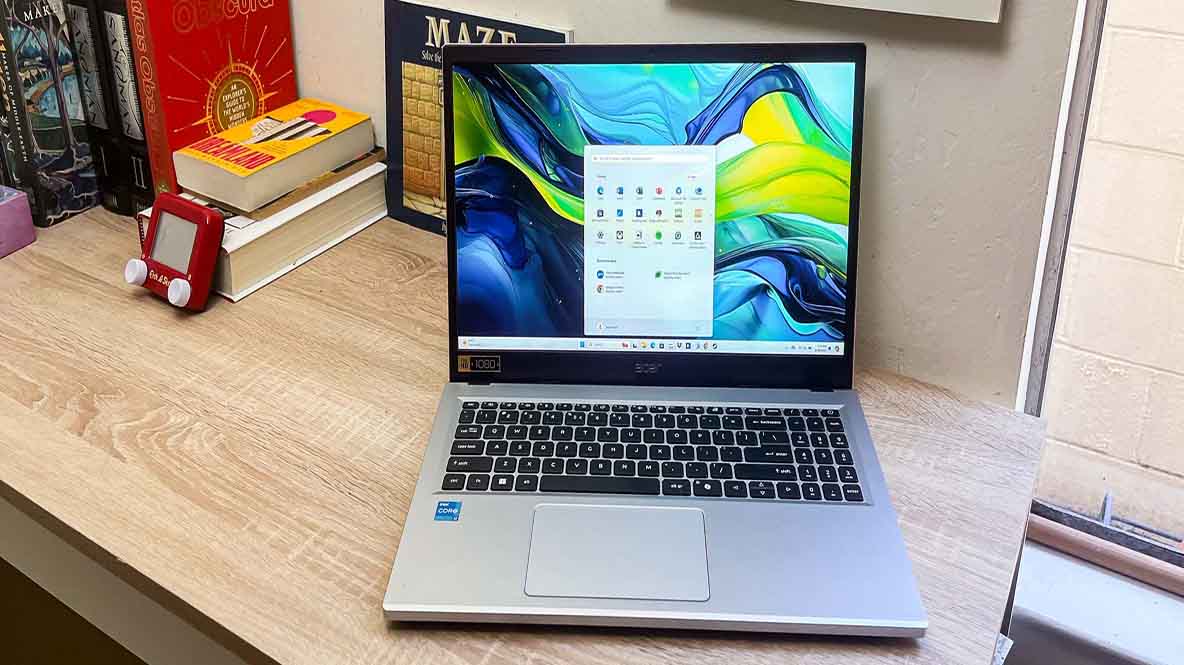
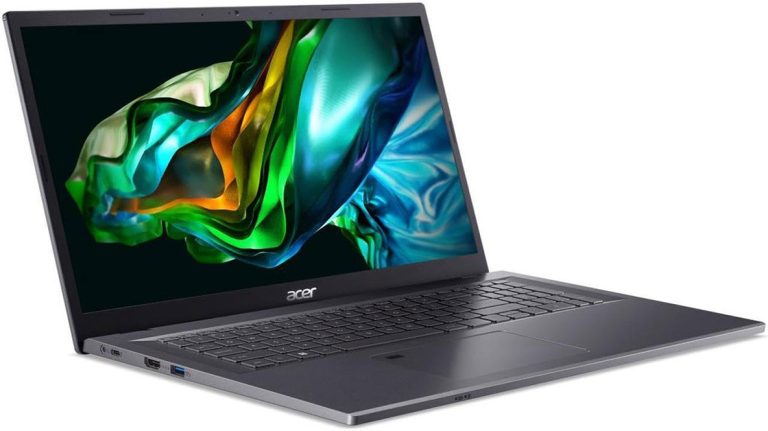
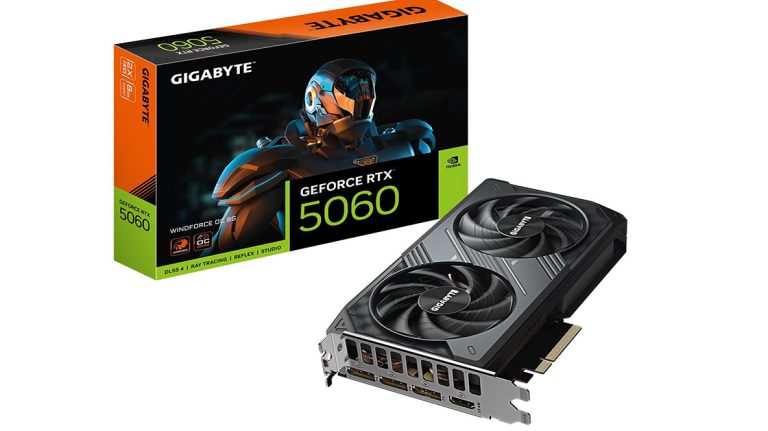
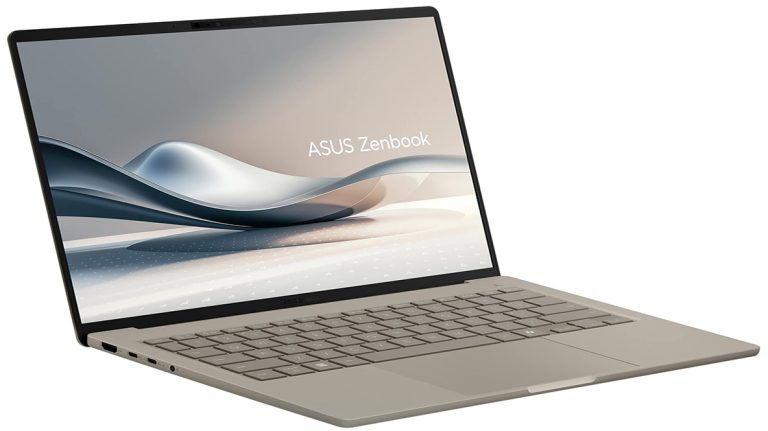
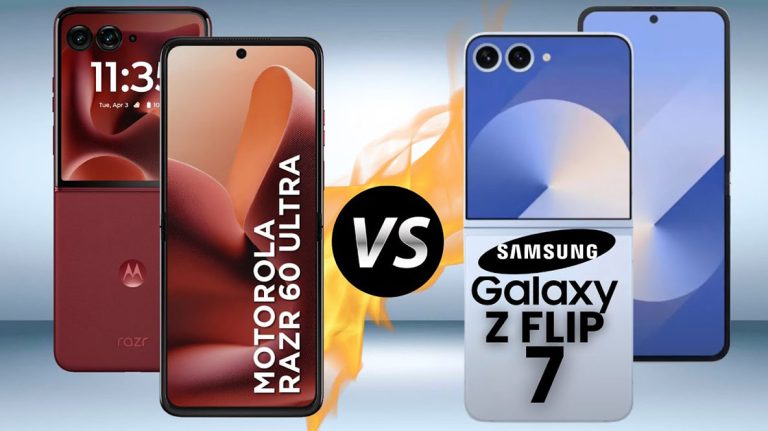
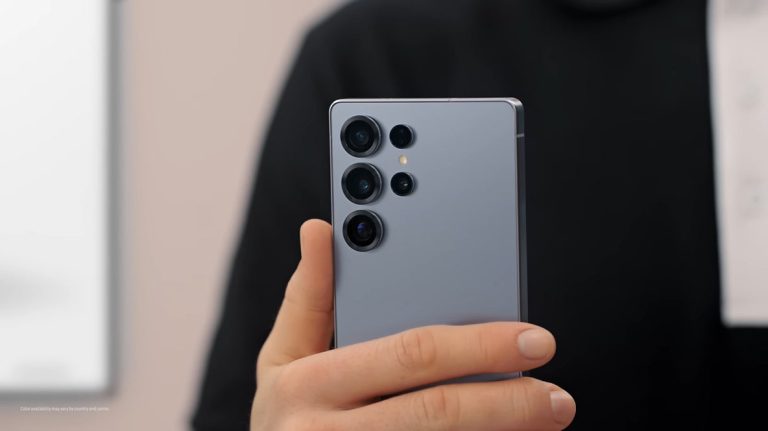
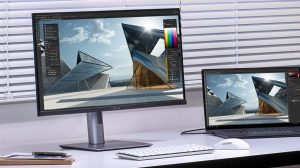

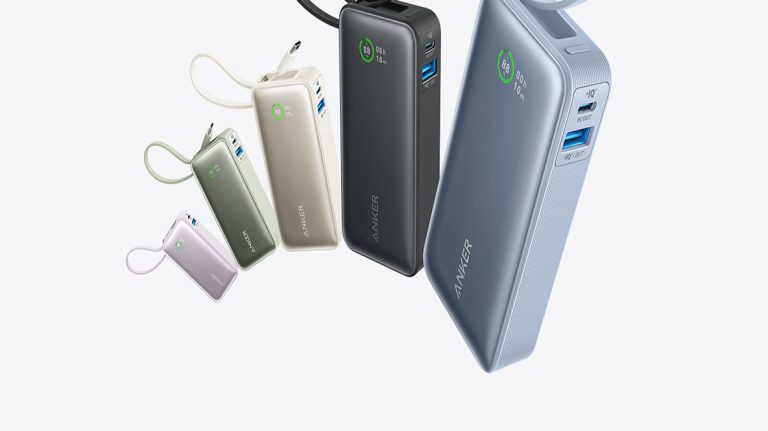

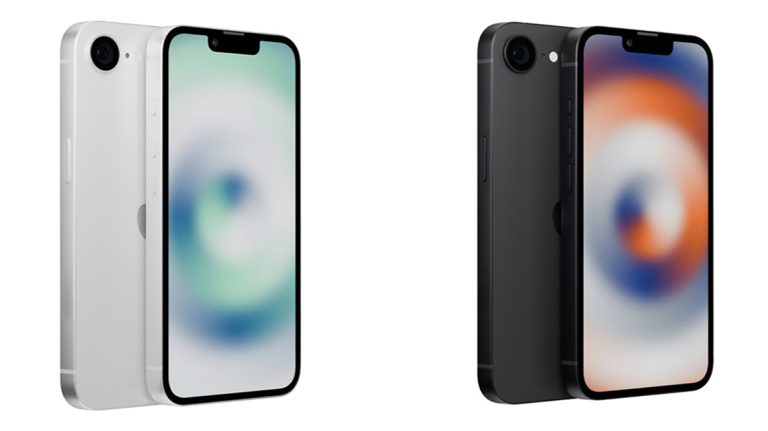
+ There are no comments
Add yours